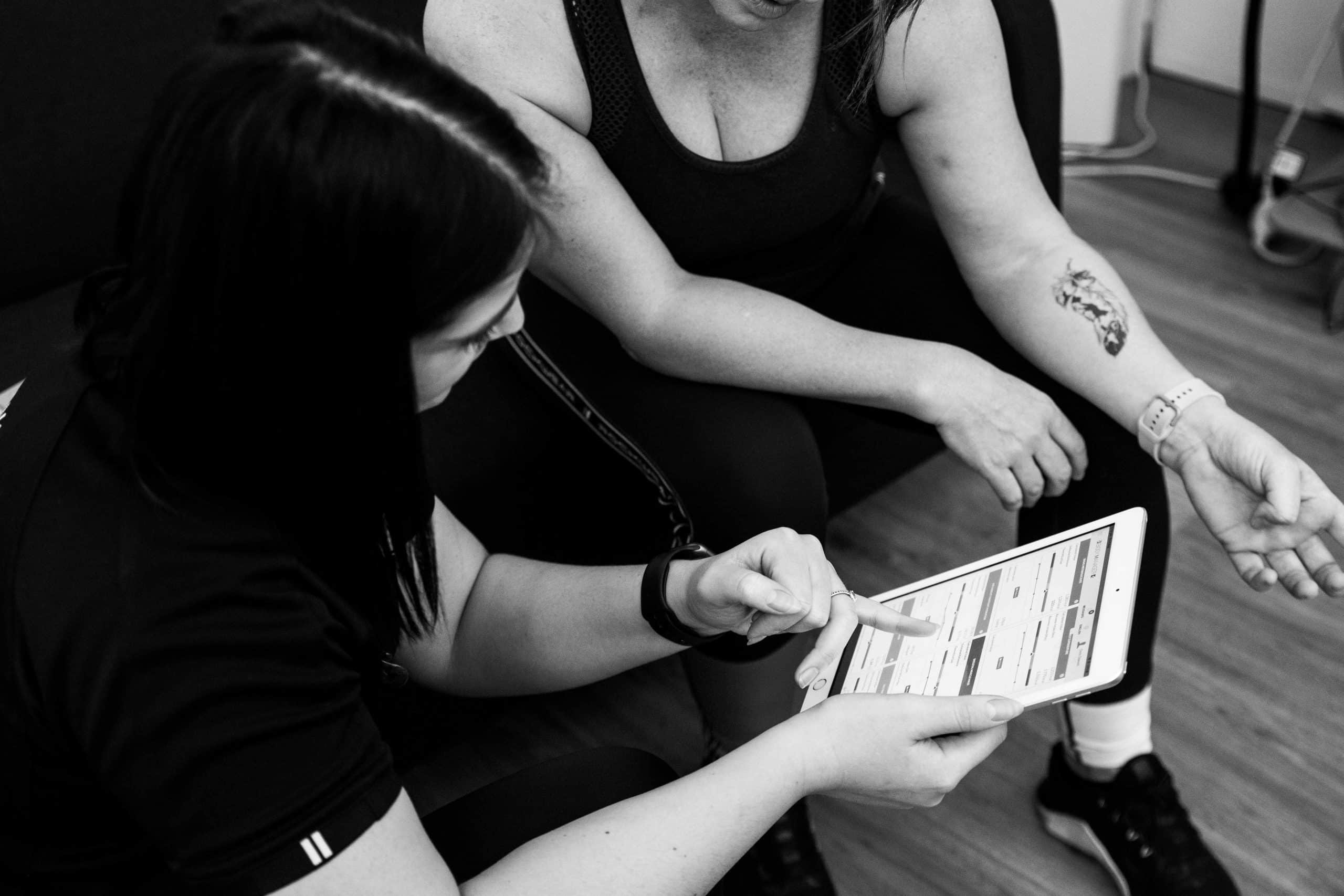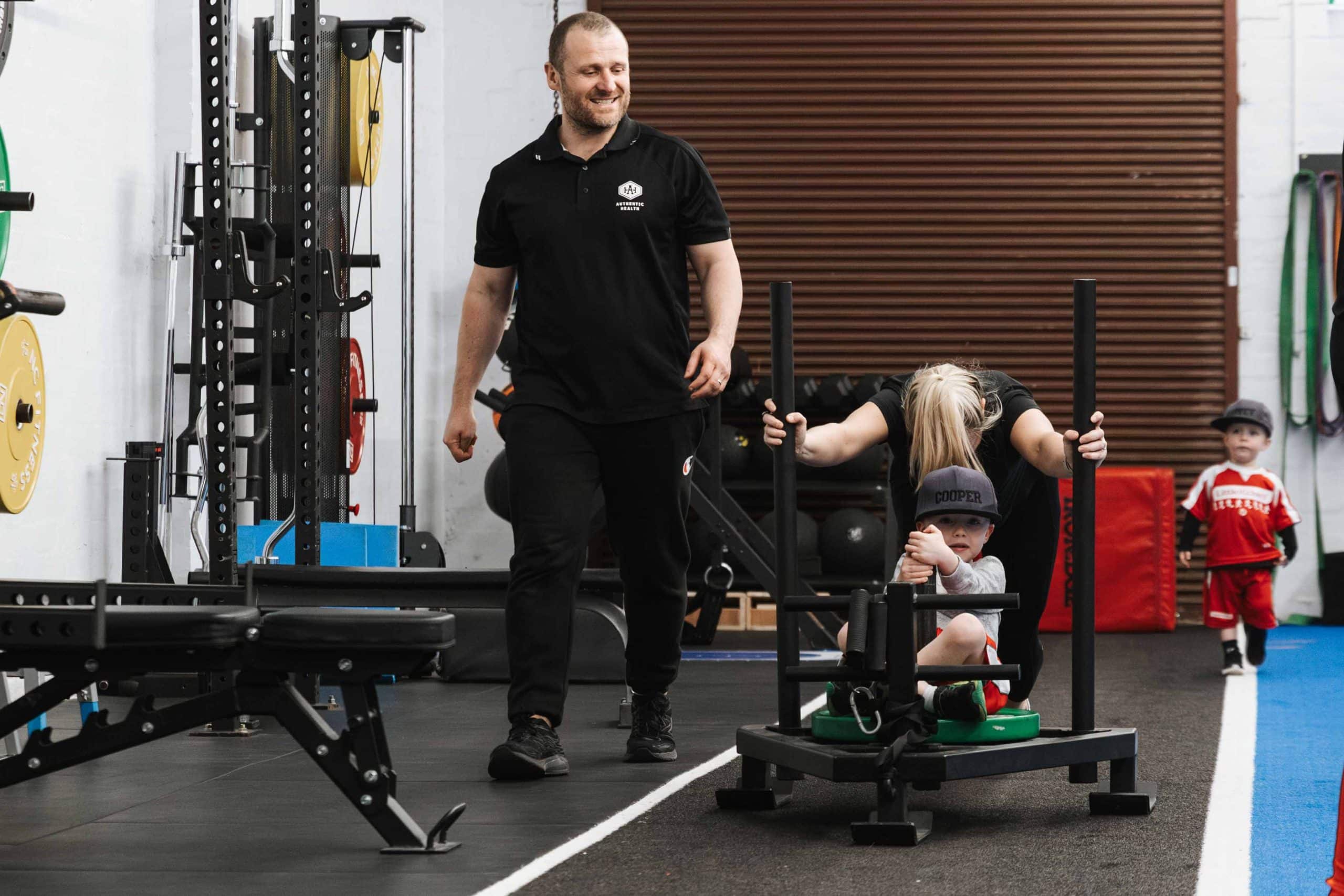The question of how much training and what do I need to do is a common question from both the novice general population client and the everyday athlete (intermediate-advanced gen pop). As is often the case when it comes to exercise and nutrition related questions the answer is it depends on your current condition and the outcome your trying to create. When I am first explaining this to clients I like to use the analogy of climbing Mt Everest, you most definitely won’t prepare to climb Everest with one day a week training, if the goal is to get to the top you will have to sacrifice more training time, be more specific with your training mode, and eat accordingly. It seems like a lot of work right? That’s because it is BUT only a small percentage of people have such extreme goals, for many people climbing to base camp is a huge achievement and they can confidently allocate the time and energy in order to achieve that. So with this in mind there are some principles we can apply as a way to achieve your desired outcome and below I will do my best to help you understand how much training and a breakdown of what needs to be done for different training goals.
There are so many different ways we can move our body and that is really important because not everyone gets the same level of enjoyment from different forms of training. Enjoyment is a really important factor when it comes to picking the right form of training (especially for the general population) the other key factor is understanding the type of outcome you are looking for and training for it known as ‘training specificity’. If your goal is to increase leg strength running is probably not the most effective form of training to achieve that outcome. If you have really low level cardiovascular health it will pay to develop that system but what this doesn’t mean is if we need cardiovascular development but enjoy strength training we have to give up what we enjoy. This is where you would benefit from talking to a coach to design the appropriate program for you.
So you know that enjoyment and specificity is important but the real question everyone really want to know is how much is enough each week. The department of health make great recommendations to avoid disease, first they state that ANY exercise is going to be better than NONE, we couldn’t agree more. If you haven’t done anything for 10 years then choosing to start by walking for 10 minutes a few nights a week is going to be a move in the right direction. But what about the person with goals to be optimal and healthy, get stronger, build lean muscle, lose fat (weight), get fitter to run 10km, that person will require more. As we stated at the start of this blog, the higher up Everest you want to climb, the more time and effort required with regards to training and nutrition. As our clientele are largely everyday athletes (general population) we recommend a minimum of 200 minutes (30 minutes daily) up to 300 minutes (45 minutes a day) to achieve the goals outlined above. This would include a combination of cardiovascular activity i.e walking, running, riding, cross training, or HIIT (physiology dependant) for at least 120 minutes per week along with a minimum 90 minutes per week of strength related training i.e free weights, crossfit, machine weights, etc.
Other training like yoga, pilates, barre, pole dancing are highly recommended especially where enjoyment specificity are required and can/should be counted towards your weekly training minutes.

Possible training week for general population
Monday – Full Body Strength (45 minutes)
Tuesday – Low intensity Cardiovascular (30 minutes)
Wednesday – Full Body Strength (45 minutes)
Thursday – Low intensity Cardiovascular (30 minutes)
Friday – Core Strength (30 minutes)
Saturday – High intensity Training (20 minutes) & walk (40 minutes)
Sunday – Walk (60 minutes)




